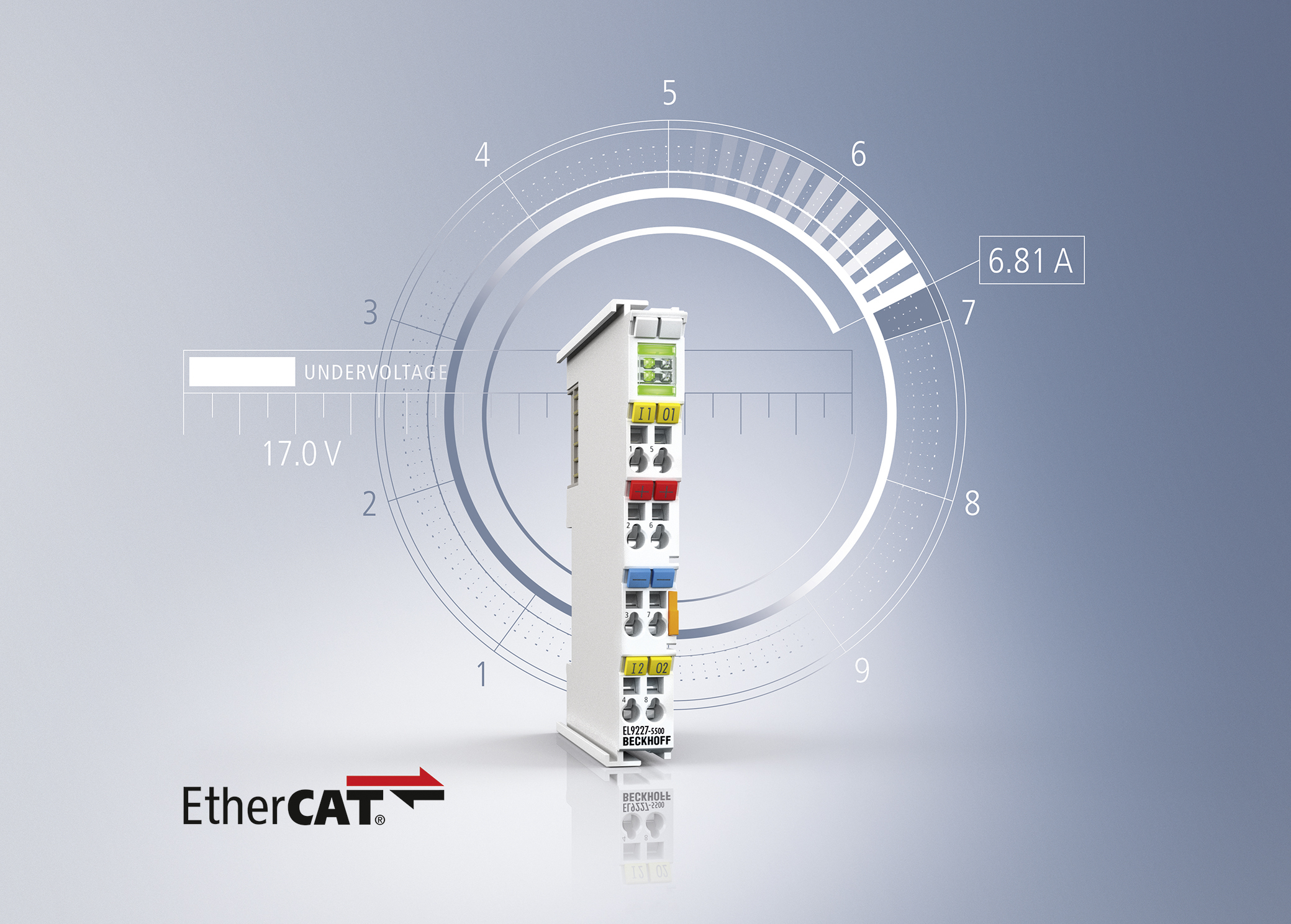Motors keep changing. Faraday’s laws haven’t been broken. Rather, we keep inventing new solutions to the fundamental question; how do I achieve lowest cost performance.
The primary attribute driving a new motor design can be any of a long list of things. Usually there is a minimum speed and torque. Then there are starting and stopping requirements. Eventually the packaging issues come to the forefront; size, weight, and environmental conditions like temperature range and resistance to external contaminants. There are a lot of issues to keep track of.
One of the more difficult design constraints that has everyone’s attention these days is efficiency. It’s important in many applications because it directly impacts operating cost. But efficiency is even more critical in mobile applications like electric cars and wheelchairs. Every aspect of the product performance is a result of the motor and drive selection. So motors that go into mobile products get a lot of attention.
We think of efficiency in terms of operating cost, cut another aspect of that is heat. Stepping motors are generally thought of as hot running motors. Motor winding insulation, which is what keeps the motor operating at all, is only able to protect the winding to about 155 centigrade, or about 300 degrees Fahrenheit. Magnets used in electric motors have critical temperatures which, if exceeded, will result in permanent loss of some of their characteristics. Optical encoders and bearings have temperature limits, so motor heating is one of the areas of greatest concern when it comes to life expectancy and reliability. A motor that doesn’t get very hot has some serious advantages in the marketplace.
Motors operate based on the interaction of two magnetic fields. They are made up of copper wire and some form of temporary or permanent magnet. If the motor involves permanent magnets, then magnet cost becomes a major concern. Any design using Neodymium Iron Boron magnets is going to require some justification such as energy density, high torque in a small size motor, to make the design cost effective.
But since most motors today are electronically controlled, and in fact some motor designs, cannot function without electronic controls, then the trends in control technology cost are also part of the consideration. In the last few years, the DSP has been the processor of choice for motor control applications due to the processing speed required to operate electric motors at 2 kilohertz update rates. With the advent of today’s low cost microcontrollers and their advanced motor control architectures, it is now possible to implement vector control or open loop vector control with a $2 device. Couple this with power semiconductors like FETs and IGBT which have become (predictably) more cost effective, and the old balance between electronically controlled motors and AC motors operating with no controls has really shifted in favor of more use of electronics. Some recent entrants in the field of moped drives have shown excellent cost management through highly integrated designs where the controllers were completely housed inside the motor housing.
Look for more of the same and better as motor industry in the US ramps up.
Filed Under: Encoders • optical, Mechatronic Tips



